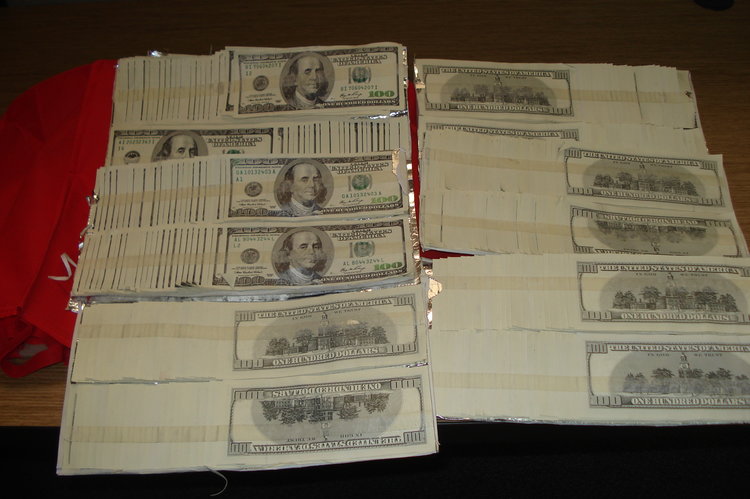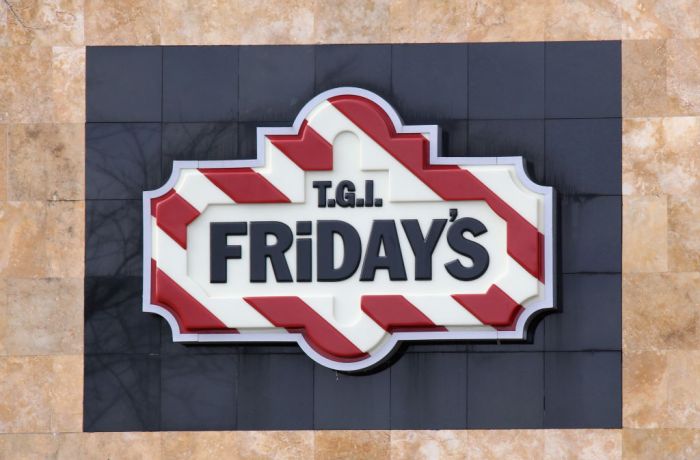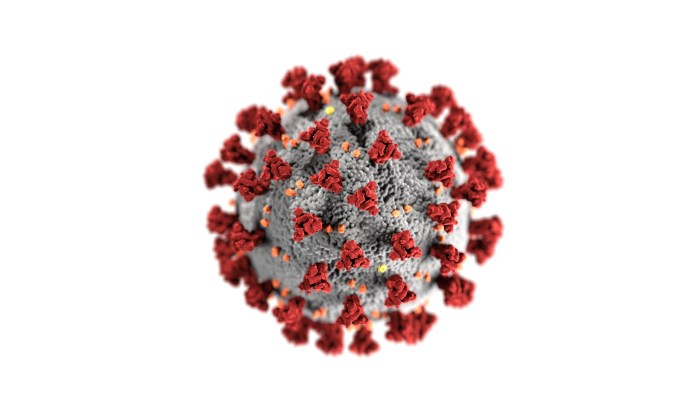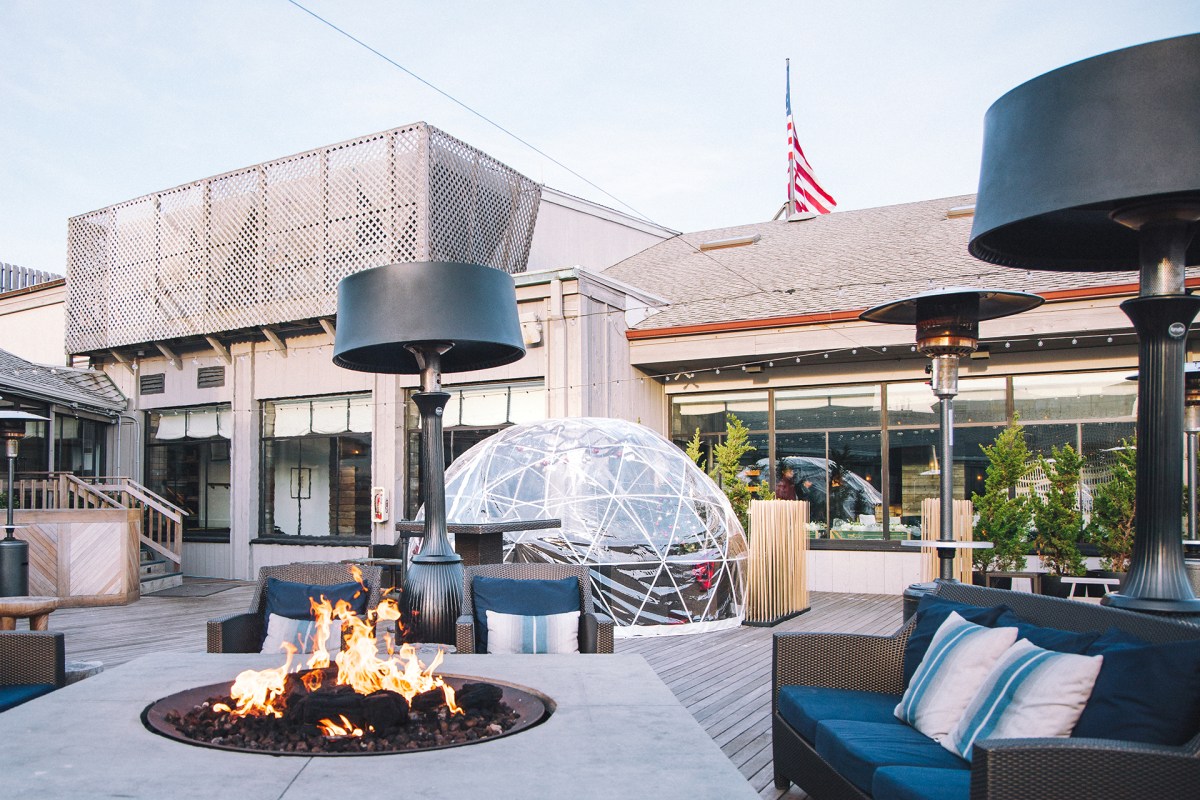U.S. Sen. Chuck Schumer (D-NY) on Wednesday called on the Secret Service to stem the recent uptick in counterfeit money flooding Long Island, a troubling increase in circulation of funny money that he claimed the beleaguered agency has failed to keep up with.
Speaking inside Churchill’s restaurant and bar in Rockville Centre, which suffered nearly $400 in losses due to phony money that passed through the charming establishment during the height of the holiday season last December, Schumer told reporters that there has been 566 counterfeit money cases in Suffolk County since 2012 and 160 cases in Nassau County. The most recent counterfeit-related arrest came last month when three Uniondale High School students were nabbed for allegedly distributing fake $20 bills to other students on school property, Nassau County police said.
“Counterfeit transactions have hit alarming” rates, said Schumer, who was flanked by village officials and members of the local Chamber of Commerce. But Schumer said he could not provide a reason for the increase in incidents.
The senator called on the Secret Service, the federal agency created in the 19th century specifically to investigate counterfeit crimes, to stem the tide, saying it needs to step up its efforts and collaborate more openly with local law enforcement. He also pressed upon the agency to educate small business owners who can’t afford to suffer losses that inevitably come when they accept counterfeit cash.
“Our Long Island stores need to know the tricks of the trade,” Schumer said.
Officials estimate that $3 million in counterfeit money was circulated on LI last year, up from $2 million in previous years, Schumer said.
There are several ways in which counterfeit currency is circulated on the Island. The phony notes are either produced locally or arrive through area airports such as John F. Kennedy International, where travelers attempt to conceal thousands of fake dollar bills in suitcases and other items with hopes of distributing the dollar bill doppelgangers in the metropolitan area. On March 24, Customs and Border Protection agents found $65,200 in counterfeit $100 bills concealed in placemats and a shoe bag inside JFK’s cargo facility. The packages had originated from Ecuador.
Determining whether money is genuine or not is particularly difficult for employees at local businesses, especially bars and restaurants like Churchill’s, where cash is the most common form of payment, and the hustle and bustle on a busy night could throw off unsuspecting bartenders or wait staff.
Oftentimes, as attendees of the press conference attested to, business owners and their employees are the first line of defense against those determined to essentially get a product or service for free by using fake money.
Churchill’s owner Kevin Culhane said the restaurant counted $360 in counterfeit money over the course of one week in December.
“The problem has gotten bigger this past year,” he told reporters.
Culhane said he’s taken steps to educate his employees, but acknowledged they have yet to detect a counterfeit in the middle of a transaction. In fact, he said, even his bookkeeper had difficulty determining the authentication of a fake note.
The most common form of funny money used at the restaurant is the Andrew Jackson-emblazoned $20 bill, Culhane said.
Schumer noted that business owners may not know they accepted counterfeits until they go to the bank, which holds on to the fakes until law enforcement comes and places the bogus bucks into evidence. Business owners thinking they made money on a transaction are then forced to take a loss.
Culhane said it’s “very embarrassing” to walk into the bank and be told his business was depositing counterfeit money.
Stemming the circulation of counterfeit cash is not as easy as stopping a suspect red-handed, officials acknowledged.
“One thing that makes it difficult is a lot of these people are innocent victims,” said Village of Rockville Centre Police Commissioner Chuck Gennario, because someone using fake cash may genuinely be unaware they’re holding it. “What we’re looking for, and the Secret Service is looking for, is the big fish, the people that are manufacturing it and the people that are distributing it,” he said.
Counterfeiters are also adept at profiting off of transactions by using fake cash, Gennario added.
“In a lot of cases there’s violent street gangs that are distributing it,” he said. “They’ll send runners out with $20 bills, and just look to get a $3 item or $2 item and put out a $20 bill. That’s how they launder it.”
The Federal Reserve has attempted to deter counterfeiters by redesigning notes, as it did when it unveiled a new version of the $100 bill in October 2013.
The latest redesign includes a blue 3-D security ribbon with images of bells and a color-changing bell in an inkwell.
Over the last 20 years, the Federal Reserve released redesigned notes for every bill except for the dollar. The redesigned $100 note unveiled in 1996 marked the first major change to it in 67 years. That modification was followed by currency redesigns of the $50 in 1997, the $20 in 1998 and both the $5 and $10 bill in 2000. Each note has been modernized to varying degrees over the last decade.
But dispersing overhauled bills also contributes to the confusion, officials said Wednesday, because older designs are still being circulated, meaning various forms of the notes are making the rounds.
Despite the difficulties in catching counterfeits, business owners like Culhane want the Secret Service to act immediately.
“Put an end to it!” he pleaded.
The Secret Service office in Melville did not immediately respond to requests for comment.
Nationally, the Secret Service has been recently ridiculed for several scandals and security lapses that have embarrassed the once prestigious agency.
As the Press has previously reported, counterfeit currency has been circulating in this country for centuries, even going back to the founding of the nation, when it was used as a war-time tactic by the British who plotted to devalue the then-Continental Currency by dispersing fake ones in the colonies. The scheme, according to historians, was actually uncovered by Robert Townsend, who went by the alias Samuel Culper Jr., the most-decorated member of then-Gen. George Washington’s Long Island-based Culper Spy Ring.




























